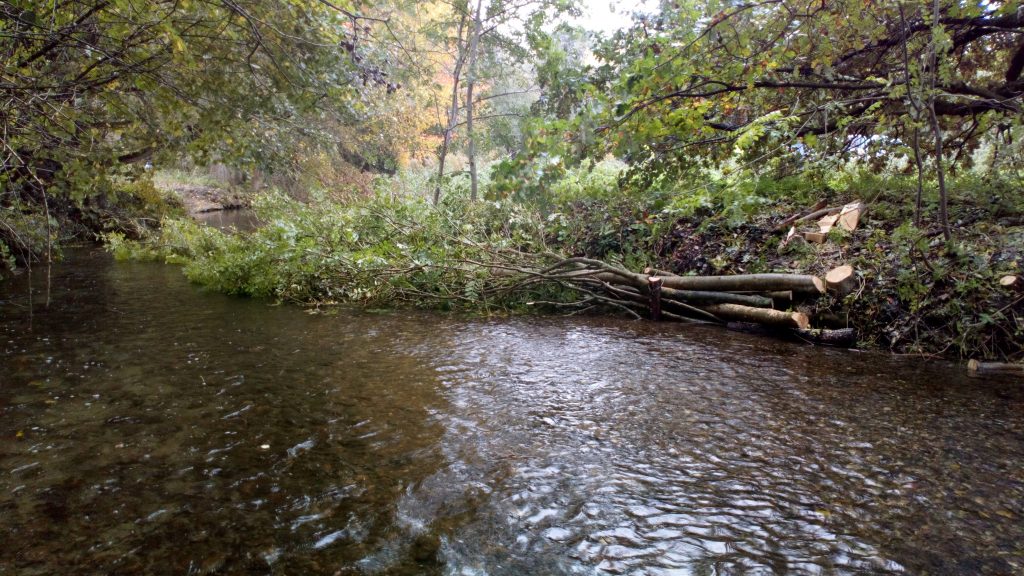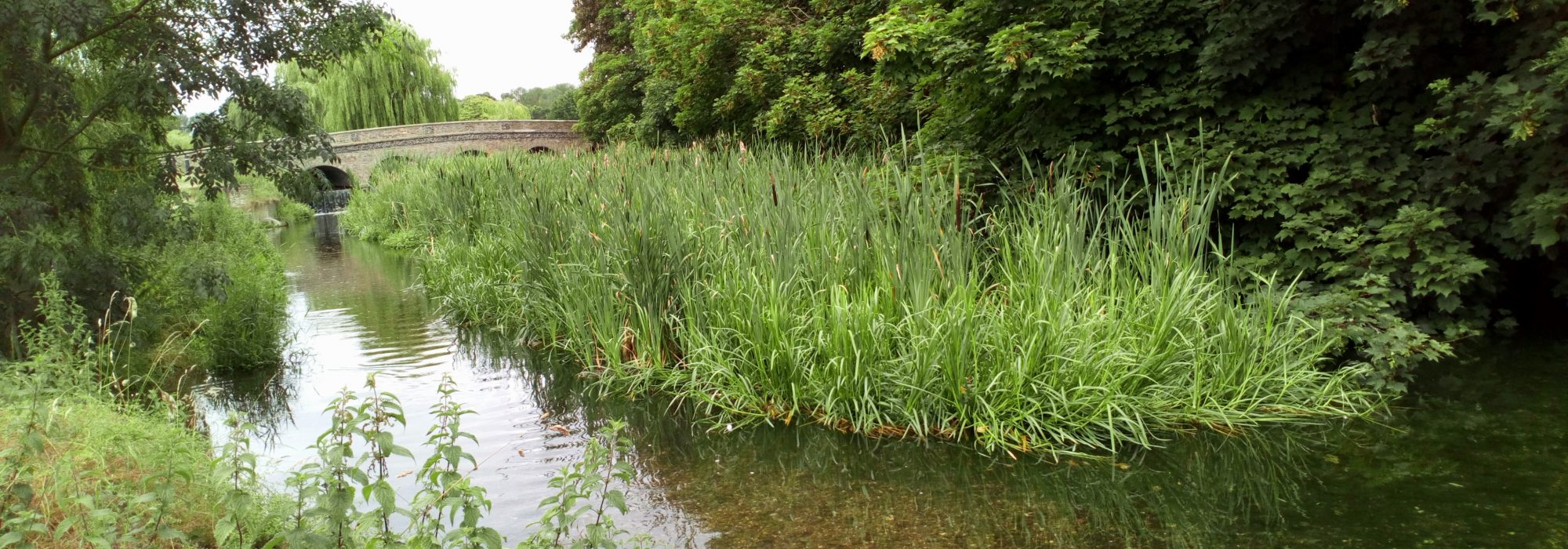River Cray: Craywatch
The River Cray is a chalk stream, rising from springs in Orpington, near Bromley, before flowing north to join the river Darent near Dartford and then the Thames. Chalk streams are one of our most special types of river – there are only around 200 chalk streams worldwide and 85% of them are in southern England. In their natural state, these rivers are rich in wildlife and picturesque, with gently-flowing, clear chalk-filtered water.

Like many urban rivers, the Cray is under multiple pressures; from plastic pollution and other litter; toxic chemicals from roads, abstraction (when water is removed for human use) and invasive non-native species. Manmade structures such as weirs, bridges and culverts interrupt the natural flow patterns of the river and create barriers to fish migration. They also make it harder for wildlife such as fish, birds, and the invertebrates they feed on, to live there.
Where the Cray flows through the well-used Foots Cray Meadows in Bexley, it suffers from a number of issues; over-widening, a uniform (flat) riverbed, poaching (riverbank erosion) from dogs and walkers, over-shading, and a lack of in-channel and riverbank plants. The iconic Five Arches Bridge structure also acts as a barrier to fish, meaning that they can’t swim past it to get further upstream.
The Craywatch Project, running from 2019-2021, has targeted some of these issues at Foots Cray Meadows through restoring the river and giving the community opportunities to interact with it through volunteering and citizen science.
Our river restoration works aim to kick-start healthy natural processes in an 800m stretch of the river downstream of Five Arches Bridge. Between October 2020 and March 2021, we introduced large wood – felling some of the smaller bankside trees and fixing them into the river channel, and adding flow deflectors (structures to push water in different directions). This increases the diversity of the river – creating faster and slower flows, and deeper and shallower areas.
This will lead to the development of different habitat niches for native plants, invertebrates, fish and other wildlife such as birds. Small fish like to shelter in slow-flowing areas among woody material.

The project offered free training for participants to learn more about what a healthy river looks like, how to monitor river health and how to safely lead waterway events. Our Vital Signs of Healthy Rivers training is an introduction to the features of a healthy river and the natural process of a river system. Modular River Survey (MoRPh) is a tool to record physical river habitat features that support aquatic wildlife. This empowers citizens to monitor the river’s condition and identify changes after the river restoration work. The Leading Action for Healthy Rivers course provides community groups with the basis to plan and run safe, effective, enjoyable waterway improvement events as well as champion healthy rivers.

The Craywatch Project supports the Darent and Cray Catchment Partnership vision: ‘For the Darent and Cray to be a clean healthy river system with a sustainable flow which supports a diversity of wildlife by 2027’.

View Thames21’s River Cray Restoration Plan in more detail.
This project has received funding from Enovert Community Trust, London Borough of Bexley and the Environment Agency.
